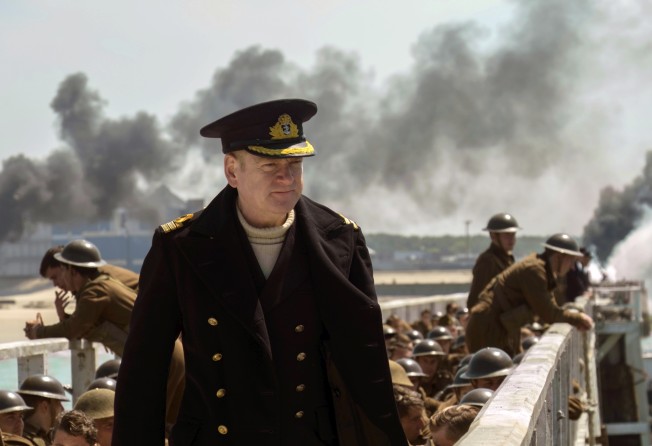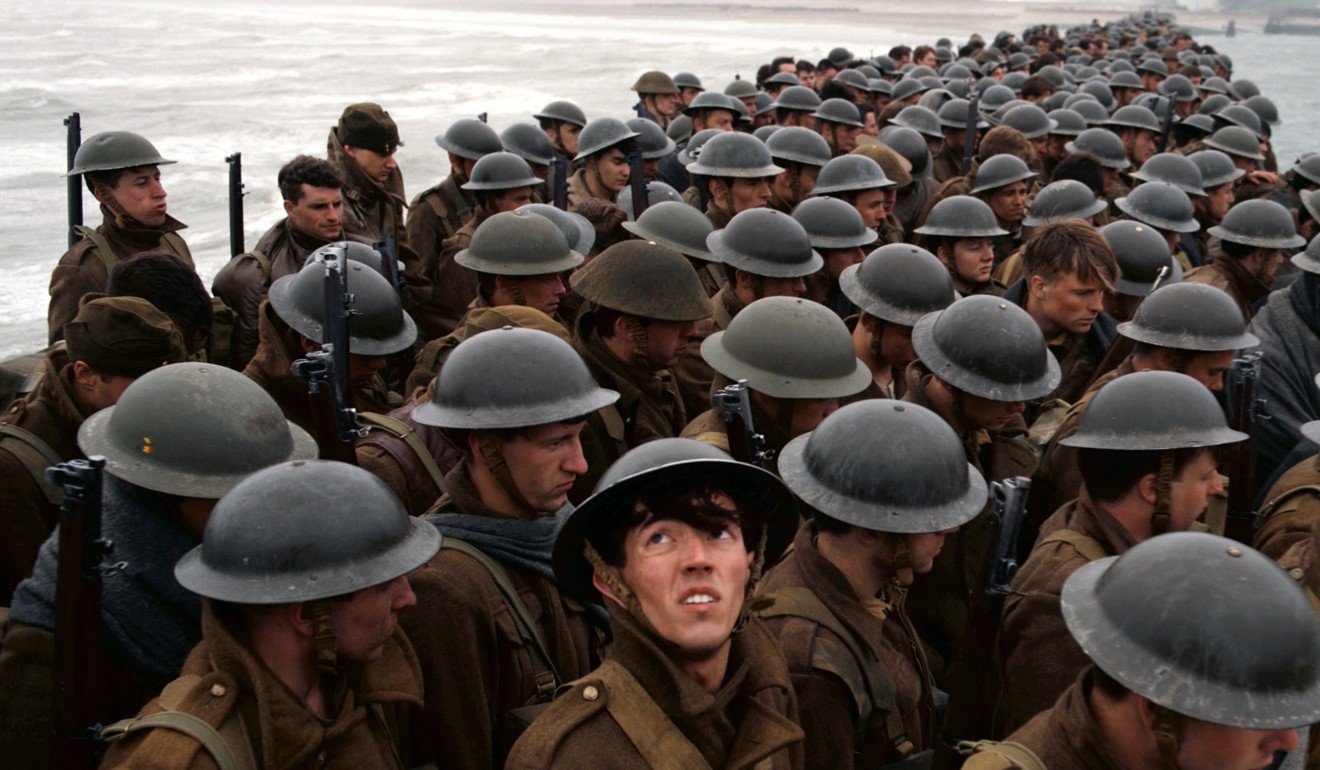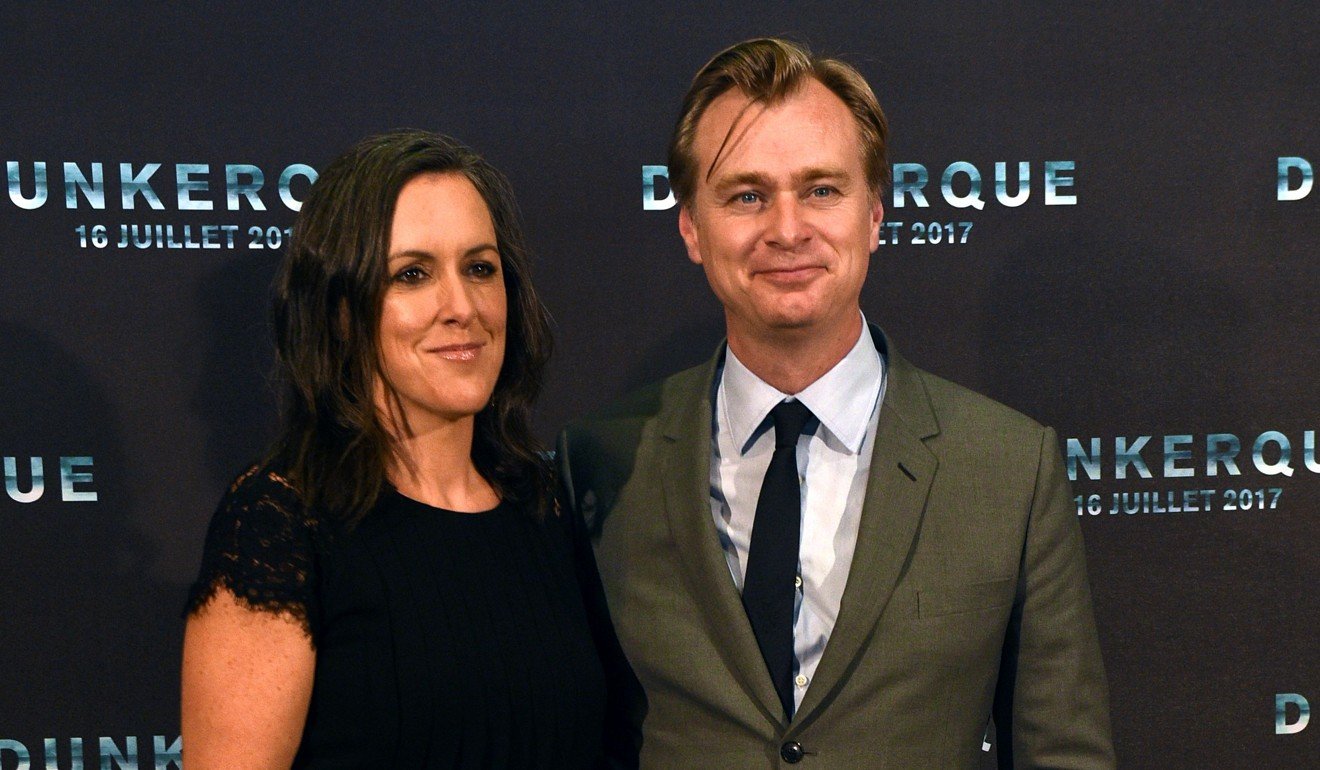Dunkirk: how historically accurate is Christopher Nolan’s second world war battle film?
Some of the film’s characters are composites of real participants in the 1940 evacuation, while others are fictional; a French warship doubles for a British one, but is more real than a computer model would have been, director says

Director Christopher Nolan’s Dunkirk is earning rave reviews for its you-are-there depiction of the Battle of Dunkirk – the heroic small-boat evacuation of British and Allied troops pinned down by German forces in northern France early in the second world war.
The success wasn’t just a miraculous victory in the war.
“Ultimately, Dunkirk was a turning point in human history,” says Nolan, who also wrote the screenplay.
Historian Joshua Levine was a consultant on the film, a story that relies heavily on action. Dialogue is sparse, and there’s even less of an explanation about what’s happening during the battle.
But just how historically accurate is Dunkirk?
The characters are based in history, but are fictional
Nolan did extensive research on Dunkirk, already “sacred” historical ground for the British and taught to every schoolchild. But he chose to focus on imagined characters.
“We have fictional characters with fictional names; we’re not trying to tell anyone’s story here,” says Nolan. “But the bigger movements portrayed are accurate.”

He adds: “Fiction frees you to be able to convey to the audience the greater truth of something. Which is why you end up wanting to combine characters or invent characters.”
Kenneth Branagh’s Commander Bolton is a composite character
There are real high-ranking military officers mentioned in Dunkirk, including Admiral Sir Bertram Ramsay, who was in charge of the evacuation. But Cmdr. Bolton (portrayed by Kenneth Branagh), who gives the most information about the battle during the movie, is a composite character.
Bolton’s duties in the film include the role of pier master, who oversees boarding soldiers onto water vessels. During the true battle, that task was handled by James Campbell Clouston.

“[Clouston] has an incredible story we could not do justice to in the film,” Nolan says. “I am hopeful it will inspire people who are interested to look into the stories of the real people who were actually there.”
There are minor changes made for filmmaking
“If someone was looking with a strict historical eye, there are certain choices we made that we had to stand behind,” says Nolan of Dunkirk.

For example, there are Messerschmitt Bf 109 planes featured in dogfights with British Spitfire planes. In the film, the German planes have yellow noses, the better for telling which are German and which are British during the fast-paced aerial scenes.
“In reality, the planes were not painted yellow until about a month after Dunkirk,” says Nolan. “But it’s a very useful colour scheme for trying to distinguish two planes in the air.”
“We need to tell the story in a clear way,” he adds. “And there are going to be things that we have done that are inaccurate, but they are done with eyes open and with respect for the real history.”

Another example is the British destroyer seen in the film. Functional destroyers are hard to come by, and the one used on location is French.
“For someone extremely knowledgeable, they will see the differences. It’s a bigger boat, and longer,” says Nolan. “But we dressed it to make it look like a British destroyer.
“But the funny thing is, the veracity of being on board a real boat in real water trumped the historical accuracy of making a perfect [computer graphic] model,” Nolan adds. “We could have made a historically accurate model. But it wouldn’t be real.”